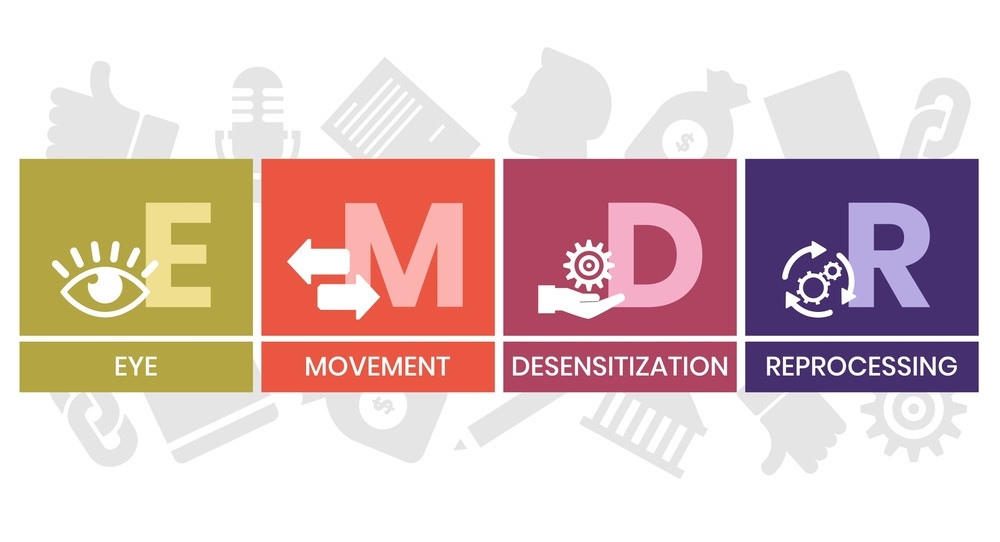
EMDR Therapy, or Eye movement desensitization and reprocessing therapy, addresses the root of where your symptoms of mental health concerns came from. Often, we begin to develop negative beliefs and feelings about ourselves and others when we have challenging life experiences, or traumas, that we were not able to fully process. Trauma can be a sexual assault, physical abuse, a car accident, a life-threatening experience, emotional abuse or the absence of love and safety in your life.
When we experience traumas, it can be difficult for us to regulate our emotions. You may notice that your emotional reactions to situations are more intense than others. This can happen because you are not only reacting to the stressful incident in front of you, but your brain is bringing up emotions from past traumas that are being triggered as well. Once we work through the past traumas in therapy, your symptoms of anxiety and/or depression can begin to decrease and become less debilitating.
The process of EMDR therapy consists of 8 steps:
1. History and treatment planning: exploring your lived experiences and identifying areas we can work on together with EMDR.
2. Preparation: building a therapeutic relationship and learning self-control techniques to feel your emotions and move through them so they feel less overwhelming.
3. Assessment: a target memory is identified and the images, negative beliefs, feelings and sensations of the memory are named. Positive beliefs replacing the negative beliefs are identified and a validity of cognition scale (VOC) and subjective units of disturbance scale (SUDS) are used.
4. Desensitization: Focusing on the memory while engaging in a form of bilateral stimulation (stimulating both hemispheres of the brain through eye movements, tapping, or bilateral audio) changes the feelings and sensations associated with the target memory so it is not as sensitive for you.
5. Installation: Strengthening the positive beliefs with bilateral stimulation.
6. Body Scan: Identifying any remaining body sensations and reprocessing it with bilateral stimulation.
7. Closure: Engaging in self-control techniques when reprocessing is not finished and discussing reprocessing between sessions.
8. Re-evaluation: Memories processed are evaluated at the next session to check-in, and further target memories are identified. It takes a lot of courage to realize you would like to do this healing work, and then take the steps to reach out for the support to do it. You deserve to live a life full of peace and accomplish all of the goals you set out for yourself. EMDR therapy can be a part of your journey so you can finally take those next few steps you have been waiting for.
.jpg)


